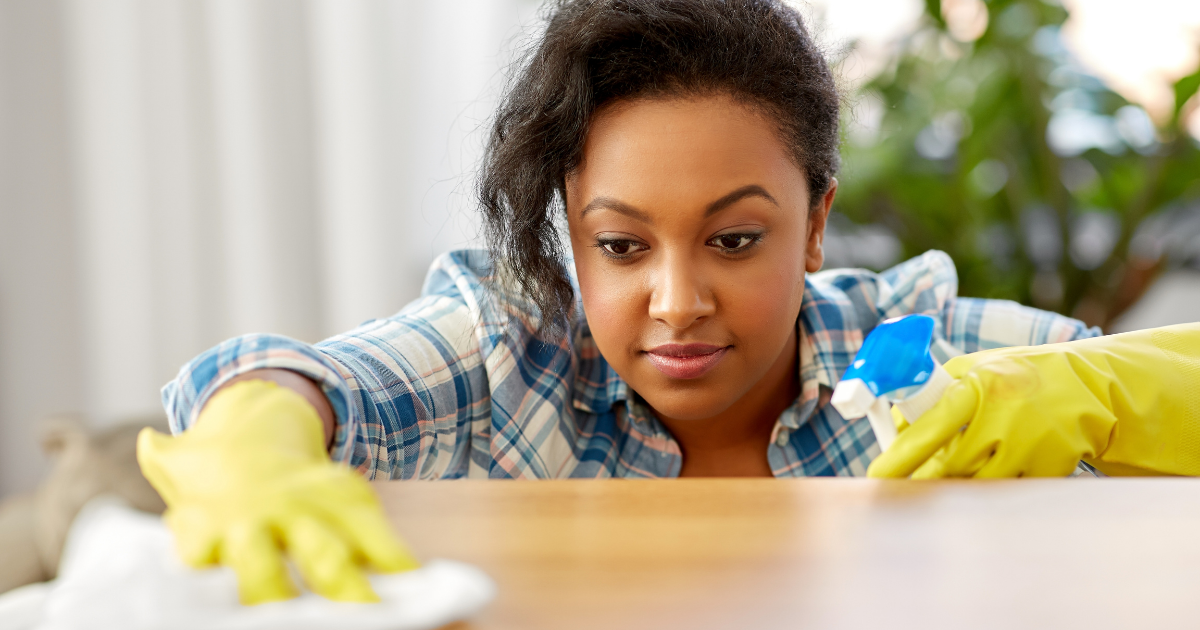Since the outbreak of COVID-19 began in the United States this spring, many families have increased their use of disinfectants for routine cleaning at home. And, according to new research by Indiana University scientists, one undesirable result has been greater exposure to potentially harmful chemicals in the home.
Many of the most popular disinfectants contain ingredients called quaternary ammonium compounds, also known as quats. These toxic chemicals are known to trigger or cause asthma, and laboratory research has linked them to serious reproductive issues.
Although concern has been building about overuse of these chemicals, little information is available on indoor exposure. Dr. Guomao Zheng of Dr. Amina Salamova’s lab at Indiana University set out to collect baseline data about levels of quats in house dust, and to see whether levels had increased since the beginning of the pandemic.
Dr. Zheng measured quats in dust from 19 homes collected pre-pandemic, and in dust from 40 homes collected during the pandemic. Overall, he found surprisingly high levels of the chemicals in homes, and concentrations were higher in homes sampled during the pandemic.
Most households (72%) reported that they were now disinfecting more than before the pandemic, and those households had higher levels than those that hadn’t made a change. In addition, levels were higher in homes reporting disinfecting one or more times per week compared to those that did not disinfect or that used alternative products such as alcohol.
While this news about exposures to harmful chemicals in disinfectants is troubling, there are safer products that can be used for the same purpose. Soap and water are effective in removing viruses, and if you choose to disinfect, products based on alcohol or hydrogen peroxide can be used.





